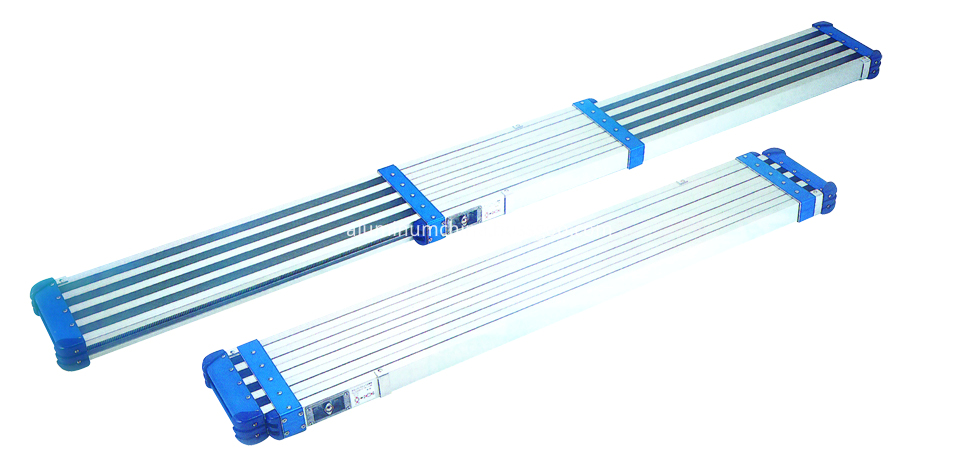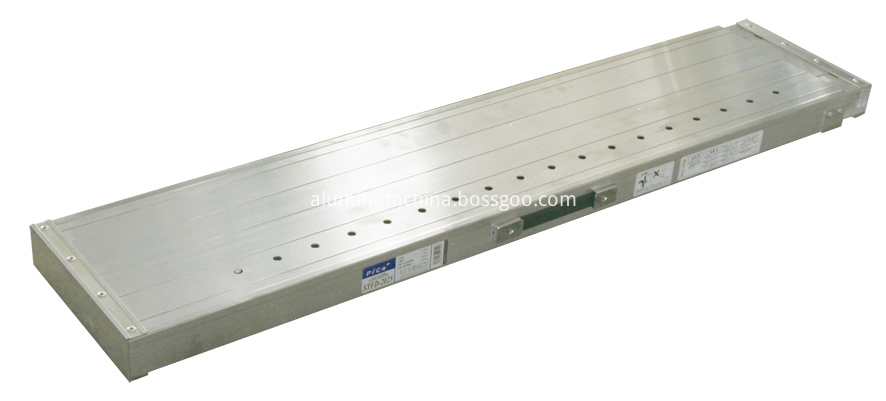11. The shallow axial axial feed (ap) (Fig. 3) helps to reduce the load on the cutting edge and the deformation of the cutting tool, but the efficiency can still be maintained; the amount of feed per ap should not be greater than the diameter of the cutting tool. 10% (rough cutting: 6 to 8%, medium cutting: 4 to 6%, fine cutting: 3% or less; please refer to the cutting guidelines or parameters recommended for each cutting tool production), but also the hardness of the material to be processed and Make the right amount of adjustment for the precision required for processing.
12. The radial feed rate (ae; pitch - p) (Fig. 3) affects the smoothness of the workpiece surface; ae should be less than 35% of the effective cutting diameter (rough cutting: 25 to 30%, medium cutting: 15~) 20%, fine cutting: 10% or less; please refer to the cutting guide or parameters recommended for each cutting tool production, but also need to make appropriate adjustments to the hardness of the material to be processed and the precision required for processing.
13. The feed will affect the life of the cutting tool and the smoothness of the surface of the workpiece; the feed rate per blade should be as low as 0.2 to 0.02 mm, and the hardness of the material to be cut and the coating and length of the cutting tool should also be considered (please Refer to the cutting instructions or parameters recommended for each cutting tool production).
14. Use oil mist method (compressed air mixed with proper amount of low viscosity cutting fluid) to replace traditional liquid coolant and direct flushing method; in general, the viscosity of the coolant is high, which may not necessarily take the chips away. And may stick the chips on the cutting tool, hindering the cutting in progress.
15. High-speed cutting simulations in computer-aided manufacturing systems can help reduce unnecessary errors during high-speed cutting.
16. The user understands the importance of preheating the spindle before machining, but forgets the importance of cooling the spindle after machining. Although the general high-speed running spindle has been equipped with a cooling device to maintain or reduce the temperature generated by the spindle during operation (mainly inside the spindle). However, after a long period of work, the temperature of the peripheral part of the spindle and the surrounding area also change significantly; therefore, after the spindle stops working, the temperature difference between the two increases, which will make the moisture in the air on the surface of the spindle shell and the like. Condensation, the final rust will occur on the surface of unprotected or less moving parts, indirectly or directly affecting the operation of the machine. Therefore, it is recommended to move the spindle to a safe position after machining, and run at medium and low speed for 10 minutes to reduce the difference in temperature difference, thus reducing the possibility of the above situation.
High-speed cutting on the need for machine tools and data transfer (*minor requirements)
1. High rigidity frame and must absorb vibration 2. Spindle speed range: about 20,000 rpm (not less than 10,000 rpm)
3. Spindle power: about 22 kW
4. Programmable feed rate: 20~40m/min
5. Fast moving: about 40m/min
6. Coordinate acceleration or deceleration ability: about 1g
7. Instruction sentence processing time: 1 ~ 20ms
8. Ethernet data transmission speed: 250Kbits/s
9. Incremental value (linear): 5~2μm
10. Perform circular interpolation by NURBS 11. The spindle should be resistant to high temperature and high stability - the spindle bearing has proper preloading and cooling. 12. Variety of differential compensation: temperature (mutual interaction between the working room and machine parts) Friction), ball screw, etc. 13. Through-shaft blowing or high-pressure coolant delivery system*
14. CNC system with advanced work preflight function*
Cutting calculation example:
Assume that the 2-blade ball end mill diameter (Dc) = 8mm; radius c = 4mm
The axial feed rate (ap) is 8% of the diameter of the cutting tool.
Ap = 8 x 0.08 = 0.64mm
Therefore, the effective working diameter of the ball end mill Deff = 2 x [42 - (4 - 0.640) 2] 0.5 ≈ 4.34mm
Assume that the cutting speed of the material to be cut is Vc = 300m/min
Therefore, the spindle speed N = [Vc x 1000] / [Ï€ x Deff]
= [250 x 1000 / 3.1416 x 4.34]
≈18,500rpm
Assume that the ball end mill has a feed per blade Fz = 0.05mm; the number of edges Z = 2
Therefore, the feed rate of the machine tool is Vf = N x Fz x Z / 1000
= 18,500 x 0.05 x 2 / 1000
= 1.85m/min
Assume that the radial feed [ae] is 30% of the effective working diameter ae = 0.3 x 4.34 = 1.3mm
Removal amount Vr = Vf x ap x ae
= 185 x 0.064 x 0.1302
= 1.542cc/min [cm3/min]
This article is provided by Lifeng Precision Machine Tool Co., Ltd. Lifeng Precision Machine Tool Co., Ltd. is a wholly-owned subsidiary of Lifeng (Group) Co., Ltd. The company is a well-known supplier of metal cutting machines and related accessories in China and Hong Kong, with a well-established and experienced sales and maintenance network in Guangdong Province. Lifeng has cooperated with the well-known international machine tool and CNC system manufacturer, Otsuka Corporation of Japan, for nearly 20 years. It mainly deals with OKUMA brand processing centers and computer numerical control lathes, and sold more than 1,000 OKUMA machines.
Previous page
Aluminum planks allow the user to cover more work area without moving equipment.
It`s made of aluminum, lighter weight and more durable than the traditional products made of wood or bamboo.
Best suited for construction and building maintenance applications, always be used as an attachment for aluminum ladder and scaffolding.
Extension planks


Used as an attachment of step ladder

Aluminum Plank
Scaffold Plank,Aluminum Plank,Metal Plank,Scaffold Platform
SUZHOU RIZHONGTIAN ALUMINUM CO.,LTD. , http://www.alumi-china.com